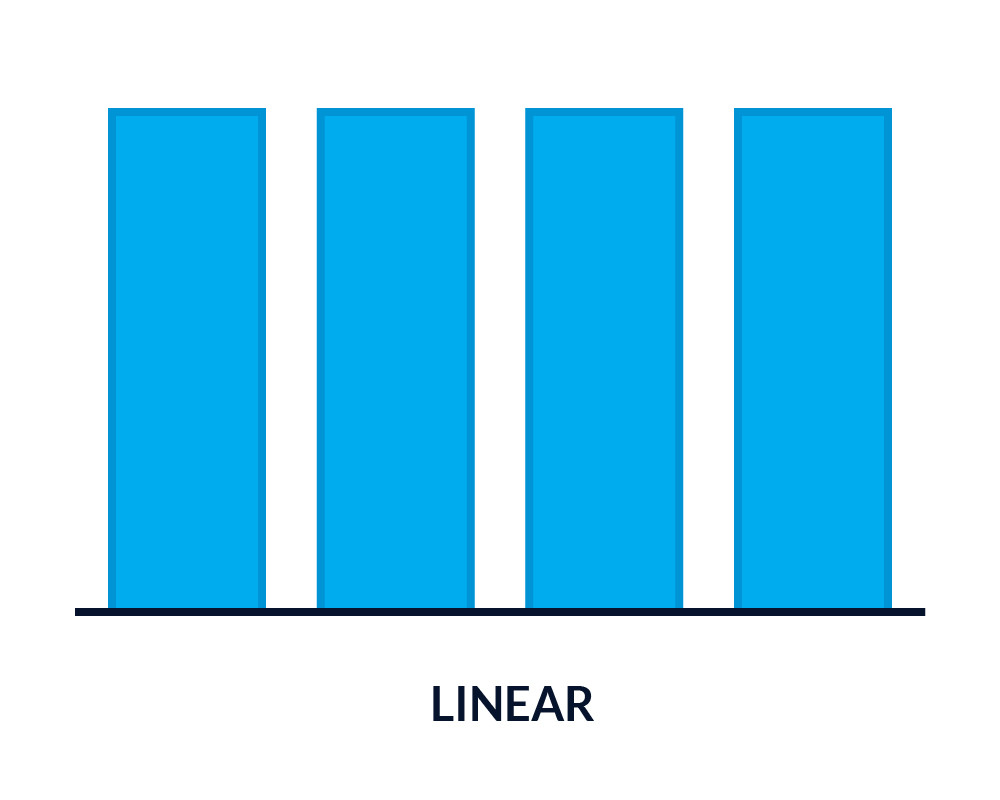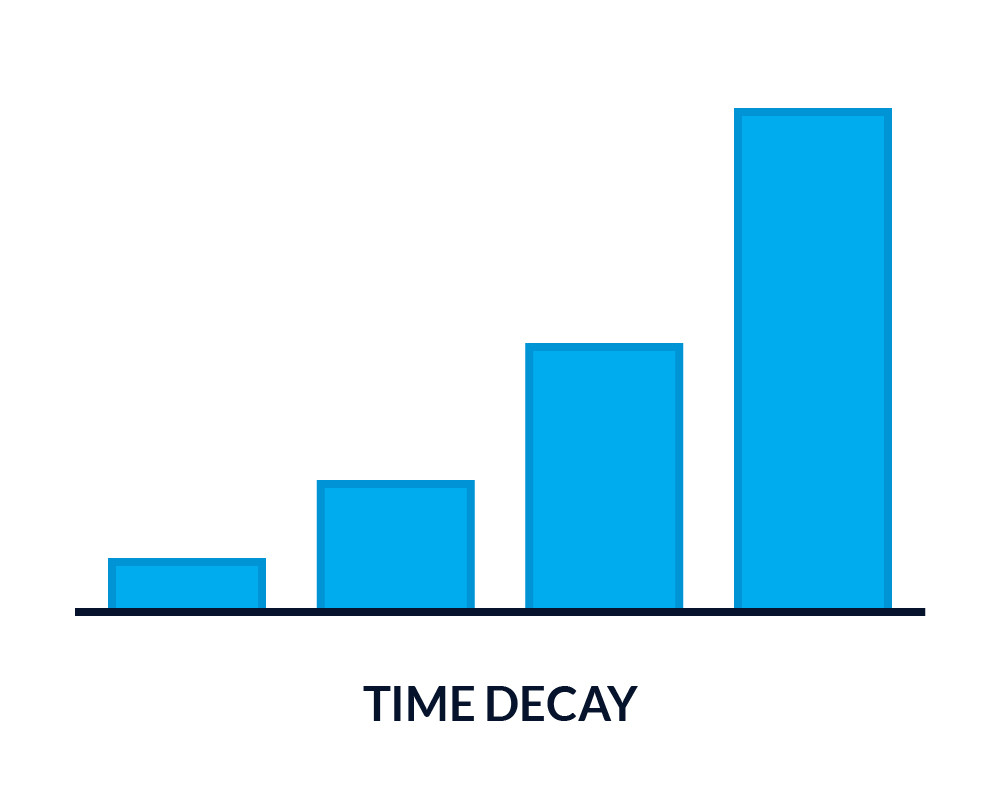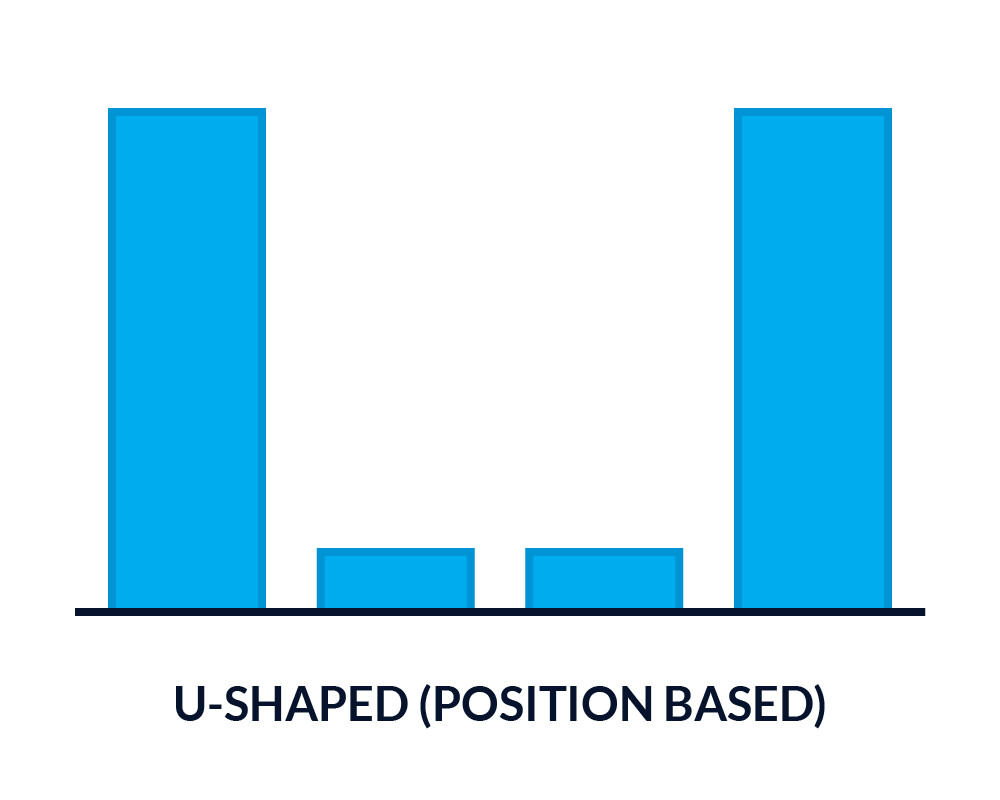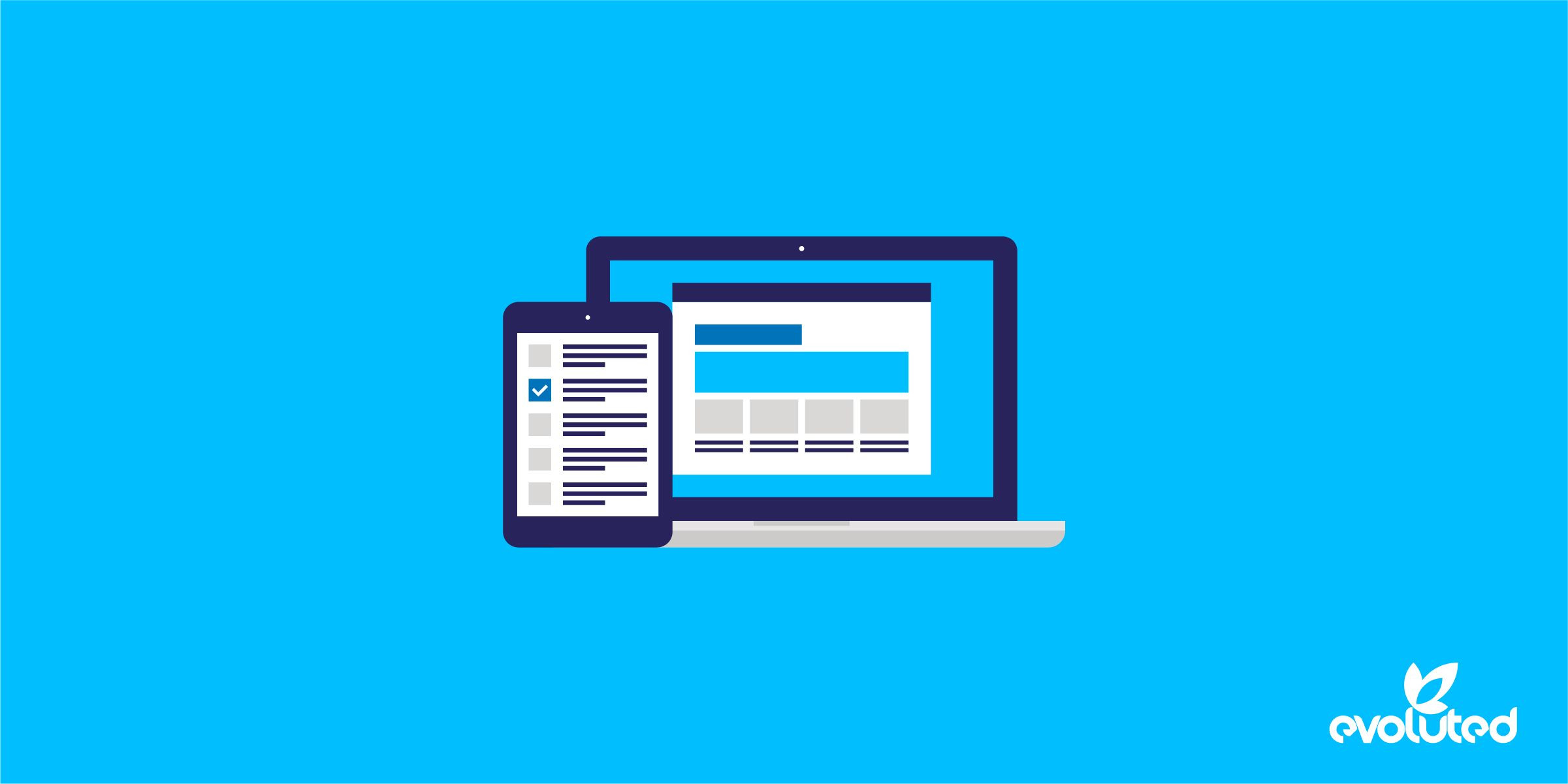Understanding Adwords Attribution Models
Anyone with a marketing budget will appreciate the need to understand the true value that each campaign brings. This is often easier said than done, particularly for businesses utilizing multiple campaigns in Google Adwords.
When tracking and reporting on performance, it can be easy to neglect keywords that contribute to the customer’s journey in different, perhaps less obvious, ways.

WHAT IS ATTRIBUTION?
Attribution is essentially credit. Each PPC conversion on your website will follow directly from a specific set of targeting criteria. Suppose your Adwords campaigns have been set up to drive sales of fancy candles for your business. Depending on your Adwords strategy, these could include:
[candles for sale online] – Generic search
Google Display Network ad – Remarketing
[{your brand name} candles] – Brand search
If your customer clicks on one of your Google Search or Display Network ads and goes on to convert, providing your tracking is set up and working correctly, Adwords will attribute (or credit) this sale to a specific ad and keyword. This is known as the Last Click Attribution model, which is also the default setting.
WHAT'S WRONG WITH LAST CLICK ATTRIBUTION?
Last Click is the most straightforward and most commonly used attribution model in Adwords, Bing and other paid traffic platforms. It assumes that the last click before the conversion is entirely responsible for the conversion and the value that it brings.

Sometimes this might be true, but let’s look at the three different touch points listed above again, but this time we’ll assign clicks and pretend the user has actually clicked on all three at some stage before converting.
[candles for sale online] – Generic search – 1st click
Google Display Network ad – Remarketing – 2nd click
[{your brand name} candles] – Brand search – 3rd click
Customer converts
This customer journey is known as the conversion path.
You would have spent money on each of these clicks and, it’s safe to assume, each would have influenced the final conversion to some extent. The Last Click model renders all but the last click valueless and disregards the full conversion path.
The problem with Last Click is that, while the simplest of Adwords attribution models, it is also the least accurate for many accounts.
WHAT OTHER ATTRIBUTION MODELS ARE THERE?
There are a series of other attribution models that may suit your marketing strategy better than Last Click; these are:
First click
Linear
Time decay
Position based
Data driven
There are other attribution models available to use; however, for the purpose of this article we will go through the ones listed above due to their relative popularity.
WHAT IS FIRST CLICK ATTRIBUTION?
The direct opposite of the Last Click model, First Click Attribution assigns all credit for a conversion to the first stage of the conversion path.

This means a user can click on one of your ads, leave the site altogether, return later via an organic link or direct, and any subsequent purchase would still be credited to that first click.
PROS
First click can be useful if you are targeting Top of Funnel (ToFu) keywords. Often these are clicked first, while conversions may come as a result of subsequent brand searches.
CONS
The main downside of First Click is due to it favouring the most hotly contested keywords, it is likely to deliver less efficiency in your reporting.
WHAT IS LINEAR ATTRIBUTION?
The Linear Attribution model applies the same amount of credit to every touch point in the conversion path, meaning none are ignored.

PROS
The clear benefit of this attribution model is that all touch points are given credit for the part they have played in driving a conversion.
CONS
The main issue with this attribution model is that, in reality, not all touch points in a conversion path are of equal value. Sure, they will all have likely had a positive impact on the resulting conversion; however, some will have had a bigger impact than others. Linear Attribution will undervalue certain crucial touch points, while overvaluing some of the minor ones.
WHAT IS TIME DECAY ATTRIBUTION?
The Time Decay Attribution model is a little more sophisticated in that is assigns a different level of credit to each touch point relative to how close it is to the final conversion.
This means the majority of credit will be given to the last touch point before the conversion, with diminishing value attributed to each previous touch point in the conversion path.

PROS
Like the Last Click Attribution model, the Time Decay model is good for efficiency as less emphasis is placed on the top of funnel searches at the start. Unlike Last Click, however, the previous touch points are not neglected.
CONS
As a modified version of the Last Click model, Time Decay also brings some of the disadvantages of the former. Primarily this is the over-valuing of brand terms and last touch efforts as opposed to top of funnel keywords. The assumption that proximity to the final click increases value may also be incorrect in many cases.
WHAT IS POSITION BASED ATTRIBUTION?
Now we’re getting quite fancy. The Position Based Attribution model aims to find a happy medium between first click, last click and Linear Attribution models.
The Position Based model, also known as U-Shaped, gives 40% of the total credit to both the first touch point and the last. This leaves the remaining 20% to be distributed evenly across the remaining touch points.

PROS
The principal benefit of this attribution model is that is gives clear credit to both the top of funnel keywords at the top of your conversion path, as well as the last click that ultimately facilitates the conversion. It also does this while assigning some credit to the other touch points which, while still contributing, probably weren’t as significant as the first or last touch points.
CONS
While more balanced than other attribution models, Position Based Attribution still makes an assumption that the first and last clicks of a conversion path were most significant. This is commonly the case, but not always. If your conversion path is particularly lengthy, this model can undervalue the middle touch points.
WHAT IS DATA DRIVEN ATTRIBUTION (DDA)?
The most sophisticated of attribution model available at the minute is the Data Driven Attribution (DDA) model. Rather than making assumptions as to the value of each touch point, it uses real data from your account to assign credit correctly to each touch point as a reflection of its true value.

In Google’s own words:
Data-driven attribution gives credit for conversions based on how people search for your business and decide to become your customers. It uses data from your account to determine which ads, keywords and campaigns have the greatest impact on your business goals.
For Data Driven Attribution, Adwords looks at all of your clicks, comparing those leading to conversions with those that don’t, and identifies real patterns. This allows Adwords to identify which are more valuable overall.
PROS
The obvious positive associated with DDA is the accuracy with which it assigns credit to your ads and keywords. This means you can optimize your bids based on the most accurate data, without resorting to assumption.
CONS
You might be wondering what, if any, downside there is to a DDA model. Put simply, there is a minimum amount of data required for it to be used effectively. Within a 30-day period, your count must have both of the following as a minimum:
15,000 clicks on Google Search ads
600 Google Search conversions
Unfortunately, this rules out many smaller accounts. It also means that, if your account with an ongoing DDA model in place drops below the above figures during a 30-day period, the model will cease to work. Google will automatically switch you to a Linear model.
HOW TO SET UP DATA DRIVEN ATTRIBUTION
Once you have sufficient data in your account, you can set up DDA using the following steps in your Adwords account.
Click the Tools tab and then Conversions.
You will then need to select a specific conversion goal that you wish to apply the DDA model to.
Click Edit Settings for the conversion you wish to edit.
Then click Attribution Model and then select Data Driven Attribution from the drop-down menu.
Click Done, then Save and you’re ready.
IMPORTANT
If you are utilizing multiple digital channels as part of your digital strategy, such as paid social or programmatic advertising, be aware that the Adwords DDA model will only count touch points within Google links and ads, so other channels, such as Facebook or email advertising, will not be counted.
WHICH ATTRIBUTION MODEL IS BEST FOR ADWORDS?
This is a difficult question to answer because it depends entirely upon your account goals. If efficiency is paramount and you want the best CPA possible, you want to avoid top of funnel terms, so either Last Click or Time Decay Attribution is most suitable.
If you would like to maximize credit for the most competitive top of funnel keywords, First Click Attribution may be more suitable, but will not be ideal as this may lead to inefficiency.
Data Driven Attribution is clearly a very useful model to use, providing your account generates sufficient data. If you wish to have a well-balanced model that assigns credit to each relevant step in your conversion funnel, DDA may be the way to go.
If you require expert support with your next Paid Social campaign, check out our Paid Social services today.









